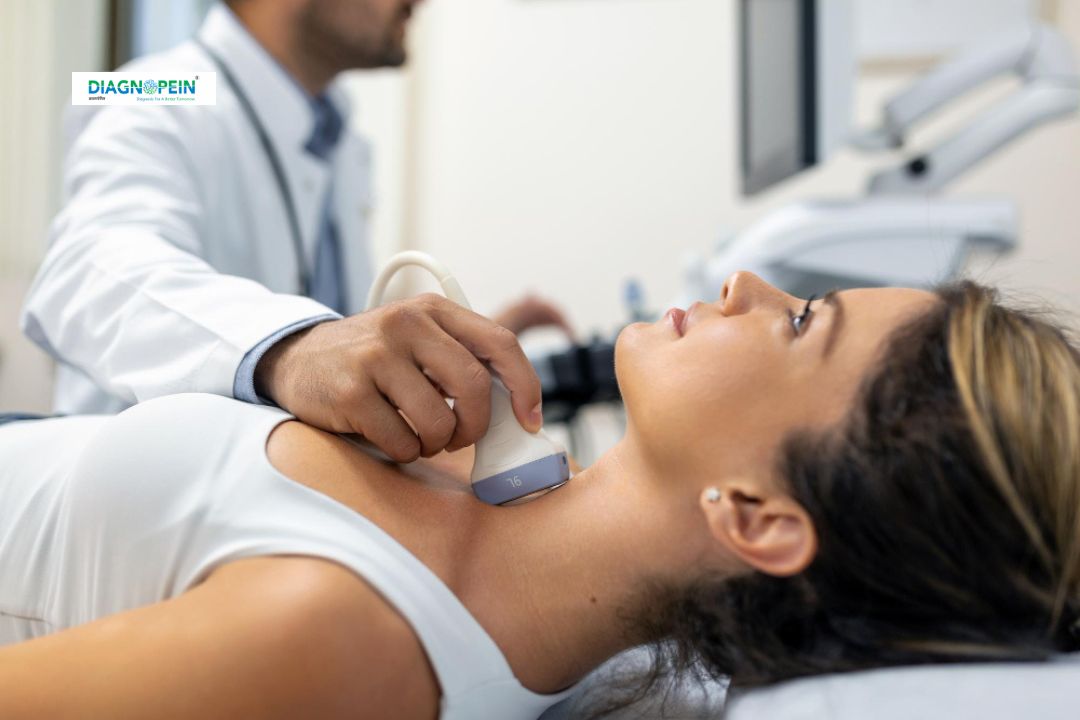Why USG Follicular Study is Important
A USG Follicular Study is recommended for women struggling to conceive or undergoing fertility treatment. The main purpose of this test is to:
-
Monitor the size and growth rate of ovarian follicles
-
Determine the exact time of ovulation
-
Evaluate endometrial thickness for implantation
-
Detect anovulatory cycles or polycystic ovaries
-
Help doctors plan the timing of IUI or IVF cycles
By providing real-time insights into a woman’s ovulatory cycle, the Follicular Study Test assists in maximizing chances of pregnancy. It also helps in hormonal evaluation when paired with tests like LH surge, FSH, or Estradiol levels.
Couples planning pregnancy can greatly benefit from knowing the ovulation pattern through Ultrasound Follicular Tracking, ensuring intercourse or insemination occurs at the most fertile phase.
How the USG Follicular Study Test is Done
The USG Follicular Study procedure involves multiple ultrasound scans, starting from Day 9 or 10 of the menstrual cycle and continuing until ovulation is detected.
-
Preparation – The patient should drink enough water for a clear pelvic view if transabdominal scanning is used. No fasting is required.
-
Initial Scan – Performed on the 9th or 10th day of the period to detect follicle presence and baseline measurement.
-
Follow-up Scans – Conducted every alternate day to monitor follicle growth and endometrial changes.
-
Ovulation Detection – Once the dominant follicle reaches 18–22 mm, ovulation is predicted or confirmed when the follicle ruptures.
The scan is conducted either transabdominally or transvaginally (for higher accuracy). It is painless, quick, and completely safe. The results are interpreted by an experienced sonologist or fertility specialist.
4. Parameters Measured During USG Follicular Study
Several key reproductive parameters are recorded during a USG Follicular Study to ensure accurate fertility assessment:
-
Follicle Size and Count – Determines the number of maturing follicles in both ovaries.
-
Endometrial Thickness – Measured to assess uterine receptivity for embryo implantation (optimal range 8–12 mm).
-
Follicle Rupture – Detection of follicle collapse confirms ovulation.
-
Ovarian Volume and Morphology – Helps rule out Polycystic Ovary Syndrome (PCOS).
Tracking these parameters provides a complete understanding of ovulatory function and timing, ensuring precise fertility scheduling.
5. Benefits of USG Follicular Study
-
Accurate ovulation prediction for natural conception or assisted reproduction
-
Safe and non-invasive method
-
No radiation exposure and quick scan time
-
Improves success rate of fertility treatments like IUI/IVF
-
Detects ovulatory disorders early for timely medical intervention
The USG Follicular Study is one of the most effective ways to assess fertility potential and optimize pregnancy planning.









